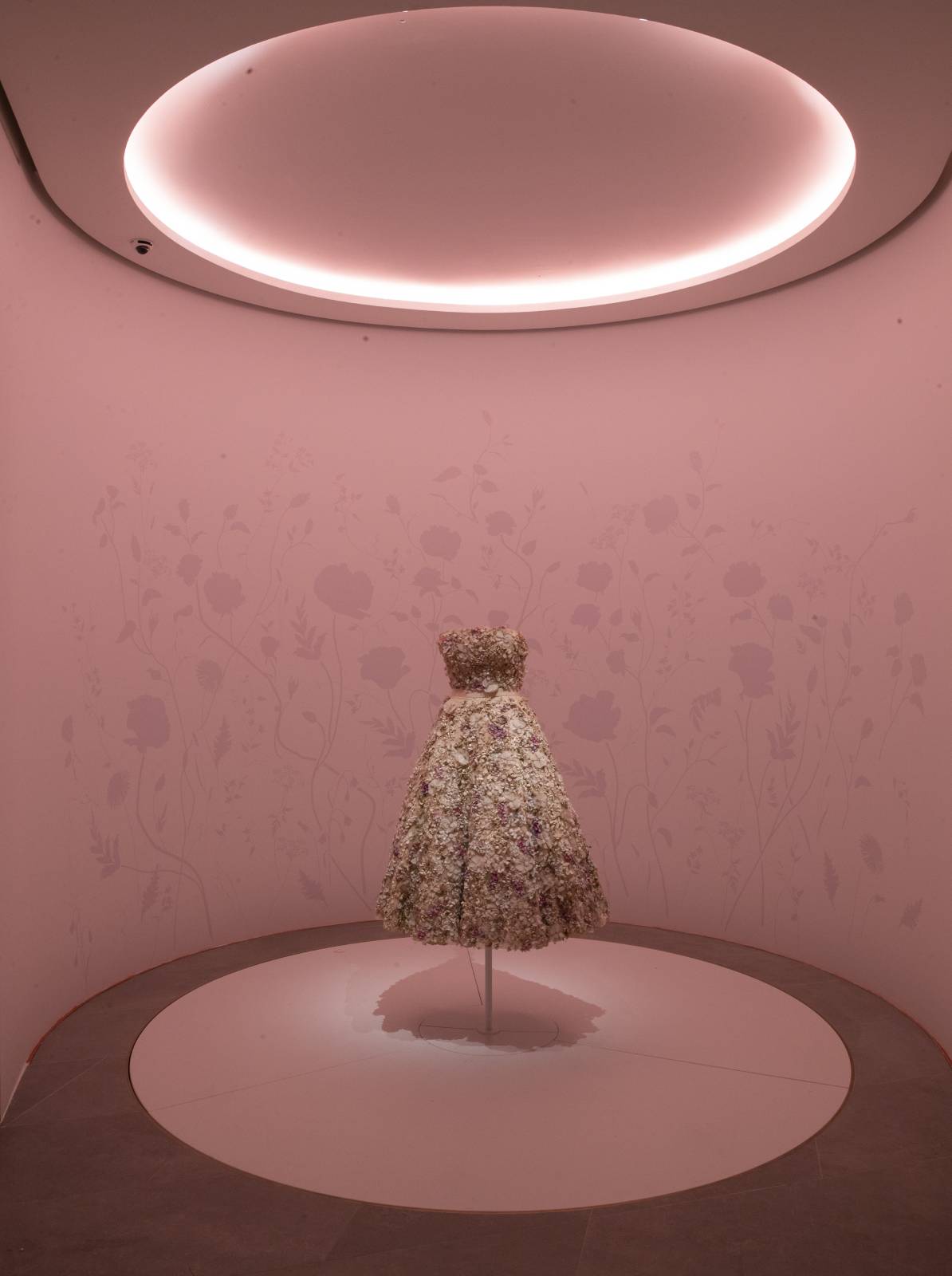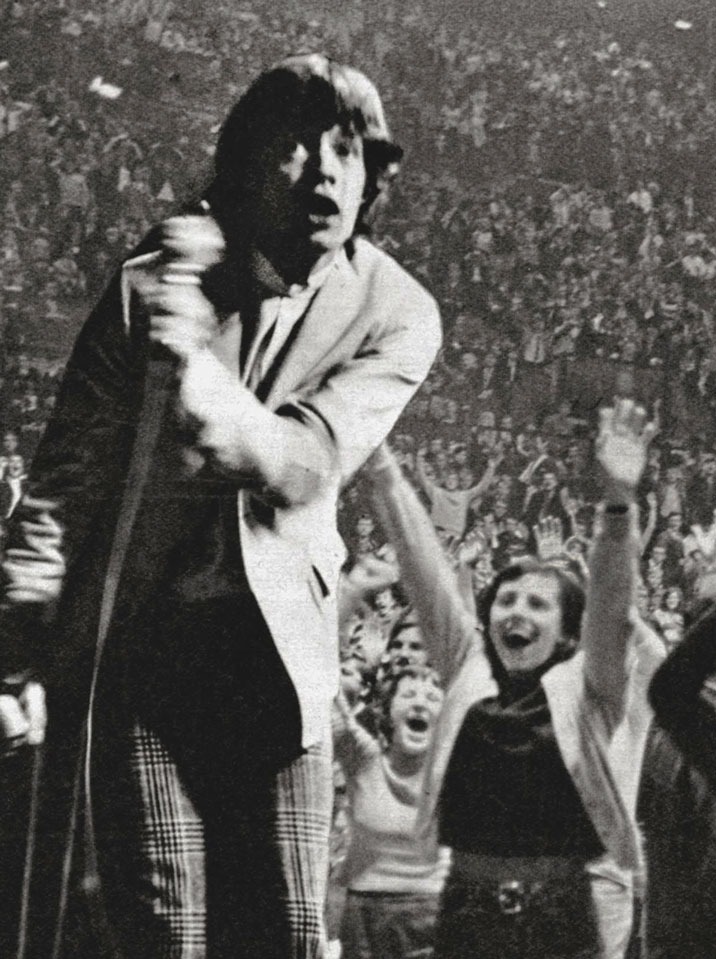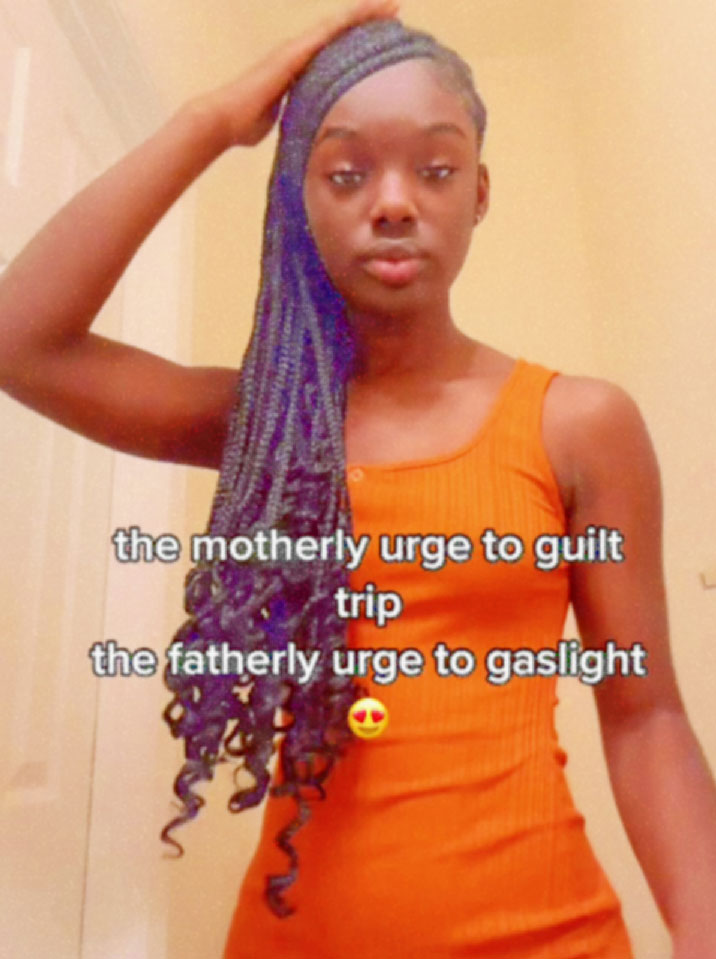
THE POLITICS OF CLOTHES
DENIZ AKKAYA
Iconic images of past freedom movements reveal one thing; fashion as a way to convey strong political messages.
When the suffragettes started the first great wave of feminism, they also had a style plan in mind: to wear Edwardian-style clothes that are traditionally accepted to convince the world of the rightness of their movements. Their purpose here was not to comply with the norms, but the fact that the woman, who was objectified in all areas of life, did not want to be judged for their clothing this time. But one exception between them helped women break their pants ceiling. Amelia Bloomer shook everyone to their core by wearing a tunic over baggy pants. Then Elizabeth Smith Miller became one of the first fashionistas to bring trousers to womenswear, inventing a unique style of trousers, later called ” bloomer”. Elizabeth first showed “this unique style” to her cousin Elizabeth Cady Stanton, an American suffragette, social activist, abolitionist, and leading figure in the early women’s rights movement; Cady was very impressed by her experience wearing pants.


Three symbolic colors were very important to the suffragettes: purple for loyalty and dignity, green for hope, and white for purity and also for formal events. White was chosen for formal events so that women could show their resistance without the concept of time. We saw the timelessness of this choice very clearly in the speech Kamala Harris gave in her white power suit in the US elections on November 6, 2019. Kamala’s choice of dress was not only an ode to the suffragettes but at the same time, to Shirleu Chisholm the first African-American woman who were elected to Congress in 1968 and wore white, to Geraldine Ferraro who wore white to accept Walter Modale’s offer to be vice-president in 1984, to Hillary Clinton who wore white to accept her presidential nomination in 2016… Kamala greeted all the women who came before her and their struggle. The suit, in white, sent a very strong message around the world. In addition to her political identity, Tansu Ciller, the first female prime minister of Turkey, was also the center of many conversations because of her fashonable bangs, patterned scarves and her “power clothes”. But her fondness of white was the hottest topic of the era, but everyone failed to recognize that it was an ode to the suffragettes.


Pioneering designer Coco Chanel, revolutionized womenswear in the 20th century. Coco’s iconic tweed skirt suit boldly demanded the world to take the wearer more seriously. Chanel, when she was in Deauville society, went to meetings wearing pants; she defied gender norms not only with her designs, but also with her own activism.
With the arrival of the 1920s, women socialized with unprecedented courage and ushered in a new era of boyish styles. The most dramatic change of the decade was when flappers rejected corsets and adopted short hairstyles, moving away from centuries of extravagant ideals of femininity. The party-filled life of the 20s and the acceptance of women in social settings ended with the arrival of the Second World War.
World War II rejected everything that was out of need, and men’s going to conflict resulted in women taking over the workforce and becoming empowered. The women who dominated the workforce wanted to send a message here, too. Rosie Riveter supporters adopted a more utilitarian style, with a uniform of sturdy boots, hair scarves, and pants. Jeans took their place in women’s clothing, and denim took their place among the most fashionable and most importantly the most durable fabrics of the decade, cotton, calico and artificial silk. A small number of women joined the army, and women who were forced to wear pencil skirts as official uniforms once again demonstrated their unique position in fighting for their country. The period when feminism became stronger came to an end with the homecoming of husbands. Husbands went back to the workforce and gender roles reverted to traditional norms. Women were then manipulated by the patriarchal capitalist order to replace their professional ambitions with shopping.


The exaggerated femininity, pioneered by Dior’s “New Look”, experienced a revival and became an indispensable part of the crinoline skirts. Although this greatly changed the silhouette of women on the outside, women did not give up their casual style at home. A second wave of feminism began in the late 60s, with other social movements that would prevail in the 80s, and women’s clothing developed again. Mary Quant invents miniskirts Twiggy; She played an important role in normalizing the flatter, masculine style by challenging the hourglass silhouette by wearing Quant’s design.


During the African-American Civil Rights Movement, black people often benefited from the power of clothing to convey different messages. From the cases of the Civil Rights movement of the ’50s and’ 60s, where respectability politics took precedence, to the uniform of the ‘ 70s Black Panther era and today’s the Black Lives Matter movement’s slogan t-shirts, all these periods reflected and continue to reflect the symbolism of the clothes in a very real way.


The second wave also revived masculine styles for women. The line between menswear and womenswear blurred in the ’70s as everyone mixed long hair and bright colors with items like high waist pants, button-down shirts and blazers. Anne Klein found the “power suit” in the late 60s, and more than a decade later, androgynous stars like Grace Jones became style icons when women sought new roles at work and in society. Grunge popularized unisex pieces like flannel and ripped jeans in the 90s. The Riot Grrrl movement, which consists of female punk groups such as Bikini Kill and Bratmobile, were at the forefront of these trends, setting the tone for the third wave of feminism. In addition to embracing gender-neutral fashion and displaying graphic messages as bold as their lyrics, the musicians redefined “feminine” details such as heart motifs and the color pink.


Currently, the fourth wave of feminism is underway and fashion continues to play a major role. Today’s political polarization has shown that progress is not linear, and fashion has always been a reflection of the zeitgeist, although it is difficult to predict the trends of the coming decade. The clearest image of this reflection is the close relationship between female leaders and the clothes they wear.
![]()





